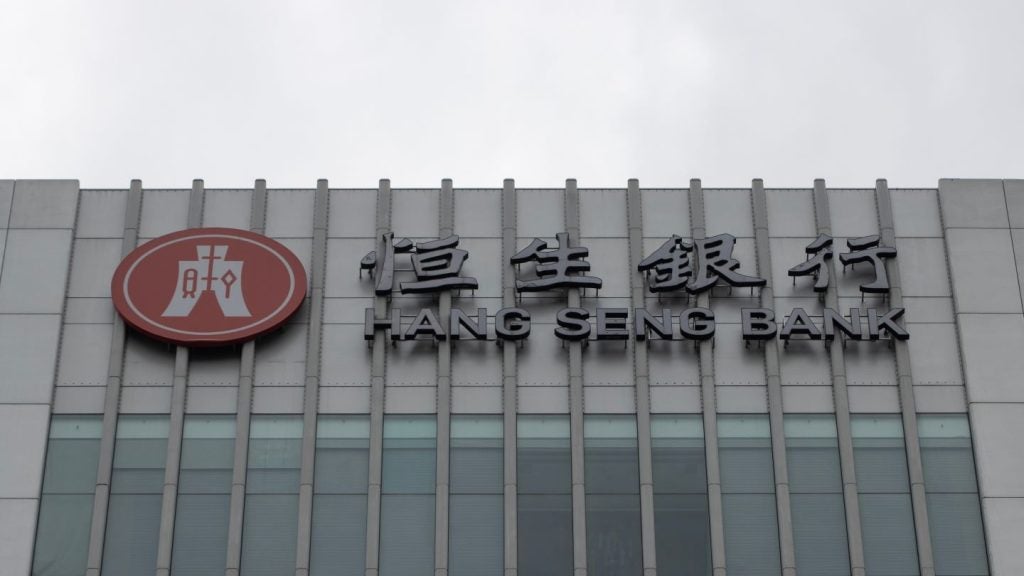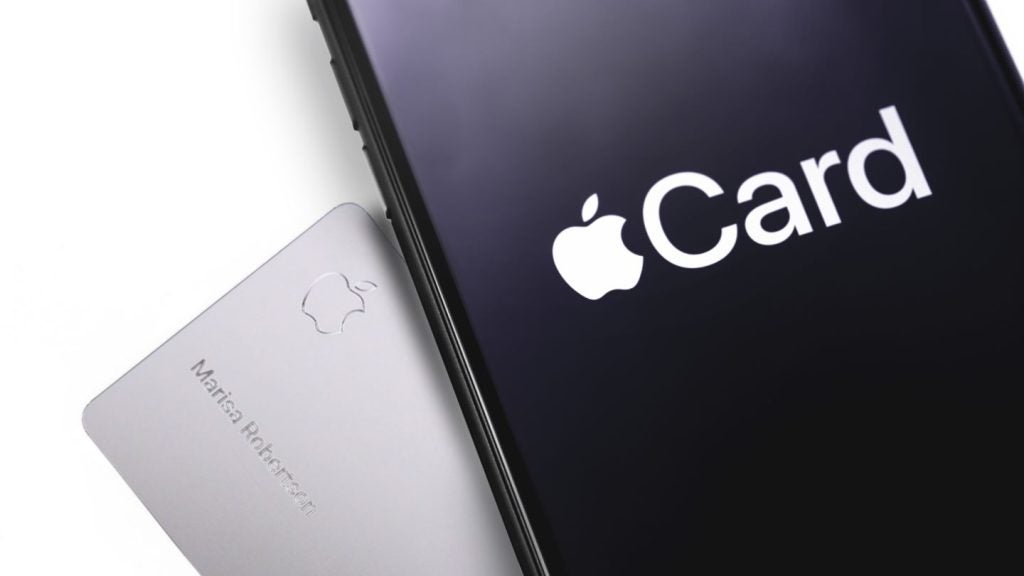Digital finance has achieved something remarkable. Accounts are opened in minutes, transfers arrive in seconds, and alerts land before a customer has left the shop. Yet inclusion still lags in too many places. People who are new to the system or living with uncertainty often find that speed without clarity feels risky. The real test of maturity is not how fast we move, but how fairly and simply value flows for everyone, every day.
Inclusion at scale is not a slogan. It is an operating standard. It is the discipline of designing products and systems so that a student can manage a first budget without fear, a tradesperson can get paid instantly after a job, a carer can move money safely for a relative, and a micro-business can see cash flow in real time without penalty fees. It is also the posture of leaders who choose transparency over cleverness, human backstops over blind automation and collaboration over fragmentation.
From access to outcomes
Over the last decade, access expanded dramatically. Smartphones, faster networks and simpler onboarding changed the entry gates. But access is not the same as outcomes. Too many journeys still assume perfect documents, perfect connectivity and perfect confidence with forms. Too many fees are discovered after commitment. Too many declines are unexplained. The result is a quiet tax on everyday life that falls hardest on the people with the least time and the thinnest buffers.
Inclusion that people can feel is built where three rails meet. First, open banking and, increasingly, open finance so that customers can share data on their terms and receive better value in return. Second, instant payments so that money moves when life moves, with protections that feel fair. Third, digital identity that lowers friction without excluding those at the edges. Each rail is valuable alone. Together, they can turn speed into trust and access into outcomes.
What customers notice
Customers do not read architecture diagrams. They notice whether a promised fee turns into a surprise. They notice whether a refund arrives in hours or days. They notice whether a chatbot loops when the answer needs judgement. They notice whether a declined payment is explained in plain language, whether a dispute route is simple, and whether a person can intervene when the situation is emotional.
Every design choice leaves a footprint in those moments. The inclusive bank reverses the burden of understanding. It writes for the reader, not for the lawyer. It defaults to clarity, not to complexity. It offers choices without creating traps, and when something fails, it repairs quickly and explains honestly.

US Tariffs are shifting - will you react or anticipate?
Don’t let policy changes catch you off guard. Stay proactive with real-time data and expert analysis.
By GlobalDataRail one: open banking that delivers value, not just connectivity
Open banking promised portability and choice. The inclusive version keeps that promise visible. Consent is simple to grant, simple to see and simple to withdraw. Data is used to benefit the customer, not to surprise them later. Pricing is explained in advance, and savings are shown in a way that makes sense for a busy life.
When done well, open banking does not feel like technology. It feels like a bank noticing reality. A customer with irregular income receives budget prompts that match their rhythm. A renter is offered a credit path that recognises on-time payments outside the traditional file. A small firm gets a cash flow view that ties invoices, expected receipts and obligations into one picture. The bank earns permission by making the value obvious.
Rail two: instant payments that are fast, fair and forgiving
Instant rails change behaviour. Gig workers expect to be paid today. Micro-merchants expect settlement that keeps pace with costs. Families expect to move money when a need arises, not when a batch closes. The inclusive bank treats speed as an obligation to be careful. Step-up checks are used when a pattern looks unusual, and the reason is explained without drama. Fraud prevention is predictive and proportionate. When a mistake happens, the resolution feels humane.
Fee-light instant options matter. Customers should not have to choose between speed and fairness. If a bank invests in faster rails but compensates itself through hidden charges, trust will erode quickly. The mood of modern payments is to remove friction for good actors while raising the floor against organised abuse. The institutions that win are those that make this balance feel natural.
Rail three: digital identity that reduces friction without leaving people behind
Identity is the door to everything else. Paper checks and complex uploads exclude the very people who would benefit from safer finance. An inclusive identity layer lowers the threshold without lowering standards. It combines in-person anchors for those who need them with strong digital credentials for those who can use them. It separates proof from surveillance. It allows a person to prove what is necessary without oversharing.
Where digital identity is thoughtfully deployed, abandonment falls and legitimate customers pass quickly. Those gains are only durable if recourse is easy. A person who cannot get through a step should not be shut out. A clear path to human assistance must exist, with colleagues trained to support people who are stressed or unfamiliar with the process.
A global lens with local lessons
The specifics differ by market, yet the pattern is consistent. The systems that win trust combine clarity, speed and human judgement.
In the United Kingdom, the direction of travel has been towards clearer outcomes for customers. This has encouraged better design of journeys, more thoughtful treatment of vulnerability and more deliberate use of hybrid delivery. A modern branch and a dependable app can reinforce each other when they are designed to serve the same promise. Cash access, advice and digital adoption sit together in a smaller, skilled footprint.
In the European Union, shared rails have helped reduce friction. Open banking, instant payments and common security expectations raise the floor for everyone. Inclusion improves when the basics become predictable. As digital identity matures, there is an opportunity to make onboarding simpler while keeping control with the customer. The test will be to ensure that protections for cross-border users are as clear as those for domestic ones.
In the United States, the expansion of real-time payments is creating opportunities for community banks to serve new segments and to retain relevance. The institutions that lean into transparency on pricing and dispute rights will gain advantage. Communication matters as much as technology when confidence is fragile. Early, plain explanations in a stressful moment are remembered long after a headline fades.
Across Africa, mobile-first ecosystems have demonstrated that inclusion can scale when digital tools are paired with local human anchors. Agency networks and community familiarity speed adoption because trust flows through people as well as platforms. That insight travels. Even in digitally dense markets, customers rely on human cues when something important is at stake.
In Asia, the rhythm is instant by default and embedded finance is commonplace. The thoughtful players combine speed with strong consent management, visible recourse paths and tailored support for small merchants. The baseline is convenience. The differentiator is confidence that holds under stress.
None of these markets offers a template to copy. They offer signals. Each shows that inclusion grows where technology is used to remove friction and where people can still reach a person when they need one.
Everyday inclusion, one life at a time
It helps to picture real situations. A new graduate discovers that a rent deposit and a first commute have collided with a delayed payroll. An instant wage advance with clear terms, combined with an overdraft that does not punish a small mistake, prevents a problem from becoming a spiral. The graduate remembers that feeling of being seen.
A tradesperson finishes a job late on a Friday and is paid on the spot. The funds arrive instantly with a receipt that updates a simple ledger. A small charge is transparent and capped. The money is set aside for tax with one tap. The tradesperson sleeps better because next week’s fuel is covered.
A carer pays a bill on behalf of a parent using a delegated authority that is easy to set up and easy to control. Alerts go to both people. Limits can be changed without a call centre maze. When something odd appears, a human reaches out with care, not with accusation.
These are not edge cases; they are everyday life. Inclusion at scale is simply banking designed for real days rather than ideal days.
Data with dignity
Data can be a force for inclusion. It can also become a reason for exclusion if used carelessly. The inclusive bank uses data to remove friction and to tailor support and then shows its working. A customer should be able to see what was used, why it was relevant and how to change future use. A colleague should be able to explain a decision in terms that a person would recognise from their own life.
Where alternative data is used to expand access to credit, guard rails matter. If a model learns quickly, it can also drift quickly. Clear governance and regular human review are part of fairness. So is a route to correction when an input is wrong or an inference is unfair. Transparency is not a burden. It is a builder of confidence.
Make fraud control feel like care, not punishment
As payments accelerate, fraud attempts become bolder. Customers accept protection when they feel respected. That means prompts that explain risk in advance of commitment. It means step-up checks that are visible and understandable rather than mysterious blocks. It means decisions that are quick, proportionate and reversible when a mistake is honest.
Sharing intelligence across institutions raises the floor for everyone. Customers do not care which provider stopped a scam. They care that the system protected them. When responsibility for reimbursement is shared, communication must be simple. A person in distress should not have to navigate a dispute between firms. The inclusive bank advocates for simplicity because confusion is itself harm.
Human anchors for digital journeys
When stakes are high, a person often wants to meet a person. That desire does not mean digital has failed. It means judgement is needed. A modern branch can be small and highly skilled, focused on advice, education and reassurance. It supports digital adoption rather than duplicating it. A contact centre can be a protection system rather than a cost line. It needs well-trained colleagues, context from the full relationship and the authority to fix problems.
Human anchors are not nostalgic. They are practical. They turn a complex tangle into a simple conversation. They ensure that when a machine is wrong, a person can put it right. That promise is at the heart of inclusion.
Pricing that rewards loyalty rather than exploiting it
Inclusion includes how we charge. Fee structures that depend on surprise will not survive in a world of instant feedback. The inclusive bank makes pricing visible upstream and predictable downstream. It rewards good habits. It ensures that entry-level products are usable without penalty fees that erode thin balances. It gives customers the tools to choose how and when charges apply. When a mistake is made, it fixes it quickly.
There is commercial logic here. Clear pricing reduces complaints, speeds adoption and builds goodwill that compounds over time. Customers who feel respected stay longer and buy more. Fairness is not softness. It is strategy.
Small firms, big gains
Micro and small businesses carry the weight of local economies. They also carry the weight of administrative friction. Inclusion at scale treats them with the same design care as retail users. Onboarding is simple and fast, even when documents are imperfect. Invoices, payments and taxes are visible in one place. Settlement is quick. Disputes are handled without making a sole trader wait on hold while work is lost.
Banking becomes a growth partner when it reduces the cost of time. A small improvement in how cash moves and how obligations are planned can be the difference between hiring an extra person and staying stuck. The inclusive bank pays attention to these small levers because they add up.
The operational backbone of inclusion
None of this holds without a dependable backbone. Reliability is inclusion. If authentication wobbles, if the app stalls, if a change breaks a basic function, those who are already anxious will give up first. The adaptive disciplines that support resilience also support inclusion. Observability so issues are seen before they become public incidents. Small, well-tested releases. Clear exit routes from third-party suppliers. Impact tolerances defined in practical terms that reflect real lives.
Recovery matters as much as uptime. Customers forgive honest failures when repair is fast and explained. They do not forgive silence.
Metrics that predict confidence
Boards receive pages of indicators. A short list says more about inclusion.
- First-time resolution on everyday issues across channels.
- Time from problem reported to problem repaired, measured as the customer experiences it.
- False-positive rate for fraud and the time to clear a legitimate transaction.
- Settlement time for small merchants and the predictability of that time.
- Abandonment at onboarding, with reasons recorded and fixed.
- Speed from complaint theme identified to design change delivered.
- Staff proficiency in key support tasks, measured by observation, not only by quiz.
These measures are plain, and they correlate with trust.
Work with policy, not against it
Policymakers and market infrastructures are partners in inclusion. Shared fraud frameworks, interoperable identity and consistent dispute rules reduce harm across the system. When industry and regulators work on practical fixes, customers notice because life is simpler. The inclusive bank contributes to that work, bringing lived customer experience into the room. It sees compliance as the minimum and common good as the goal.
What good looks like in practice
It helps to spell out features that make inclusion real.
- Plain language disclosures, before a decision is made, not after.
- Consent that is granular and easy to review or withdraw.
- Fee-light instant options as the default rather than a premium.
- Delegated authority for carers and small firms that is simple to set up and to change.
- Human intervention points at high-stakes moments.
- Alerts that explain, not merely warn.
- Accessible design for different abilities and devices.
- Data that follows the customer when they switch, with help to make switching easy.
None of this is flashy. All of it is powerful.
Pitfalls to avoid
There are common traps. Over-automation without a human escape route will backfire. Security that is invisible until it fails will not reassure anyone. Pricing that hides charges behind design patterns will erode confidence quickly. Models that deliver speed at the cost of fairness will be challenged and should be. Policies that look impressive on paper but are unusable on a bad day help nobody.
Inclusion at scale requires humility. It asks leaders to keep listening to the details of real lives and to change designs promptly when those details teach us something new.
The branch as a community bridge
There is a role for place. Many customers still want a room in their town where money feels human. The modern branch is not a transaction hall. It is a bridge. It is where a young saver learns to build a buffer. It is where an older customer receives patient guidance on a device. It is where a small firm learns how to manage invoices and instant receipts. Designed well, it reduces anxiety and strengthens digital relationships.
Smaller footprints can do more when the people inside them are highly trained, equipped with context and trusted with decisions. A culture of ownership turns a script into a solution.
Cross-border trust for a moving world
People move. Money follows. Cross-border payments have long been a source of frustration. The inclusive bank treats transparency on cost and speed as a right. It explains routes and trade-offs in language a person can understand. It gives senders and receivers control and visibility. It offers reasonable options for instant or near-instant settlement. It resolves problems without sending a customer back and forth between firms.
Remittances are not only transactions. They are connections between families. A bank that honours that reality earns loyalty that outlasts a pricing promotion.
Leadership that treats inclusion as strategy
Inclusion is sometimes framed as charity. That frame is out of date. Inclusion is how modern banks grow. It lowers acquisition costs because journeys are easier. It increases retention because treatment is fair. It reduces remediation costs because problems are found and fixed early. It opens new markets because products fit real lives. It strengthens reputation because customers tell each other when they feel respected.
Leaders who carry this into action tend to do the simple things very well. They stabilise the basics. They measure what matters. They empower colleagues closest to customers. They design controls that feel like care. They invest in shared rails. They communicate early, plainly and often.
A practical agenda for the next twelve months
A plan that turns intent into delivery is the difference between a good paragraph and a good year.
- Stabilise payments, authentication and service channels so that everyday tasks succeed first – time.
- Make consent visible inside the app, with a simple route to review and revoke.
- Publish a plain-language pricing summary that a new customer can actually use.
- Introduce fair instant options for incoming wages and outgoing bills.
- Build a delegated-authority feature for carers and small firms with clear limits and alerts.
- Rework onboarding flows to reduce abandonment for people with imperfect documents.
- Add human escalation points to journeys that carry emotional or financial risk.
- Share fraud intelligence across the ecosystem and agree simple reimbursement rules.
- Measure first-time resolution, false-positive clearance time and complaint-to-change speed.
- Train colleagues to own resolutions and give them the tools to do it.
Each item is achievable. Together, they change the feel of the bank.
The closing thought
Inclusion at scale is not about perfection. It is about reliability, clarity and respect in ordinary moments. It is a bank that feels present when life is messy, that explains before it charges, that protects without punishment, and that lets a person reach a person when judgement matters. It is open banking that helps, instant payments that do not surprise, and identity that welcomes rather than excludes.
The institutions that choose this path will not just meet a policy goal. They will earn a place in people’s lives that endures. Trust accumulates when good experiences repeat. Growth follows trust. Stability follows growth that is earned rather than engineered. This is how digital promise becomes everyday value. This is how we carry banking forward, one clear decision at a time.
Dr Gulzar Singh, Senior Fellow – Banking & Technology, CEO, Phoenix Empire Ltd









